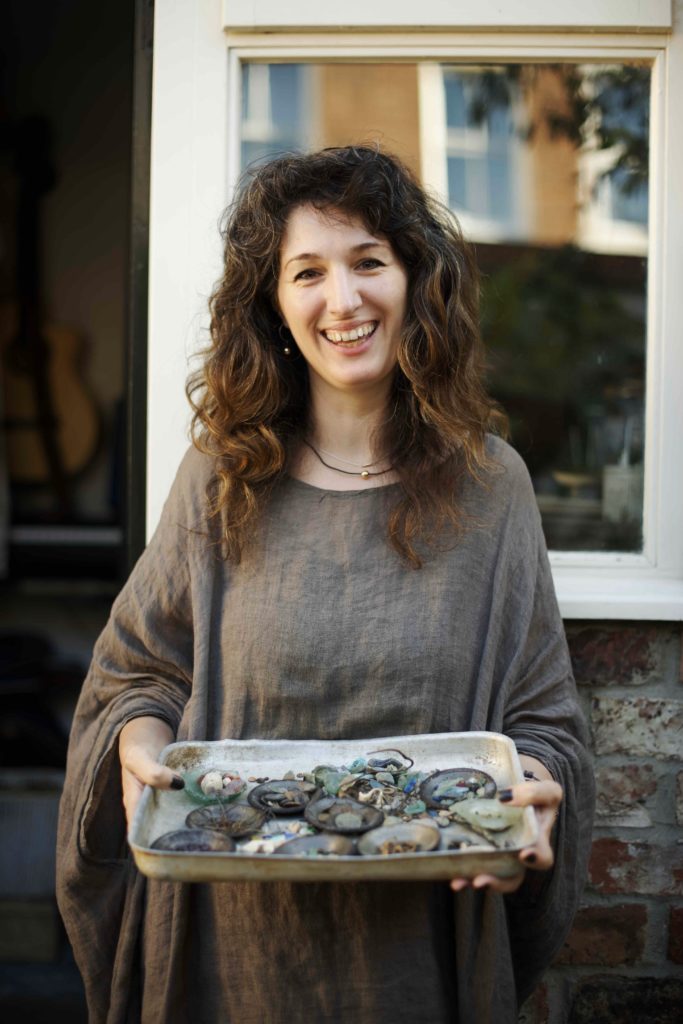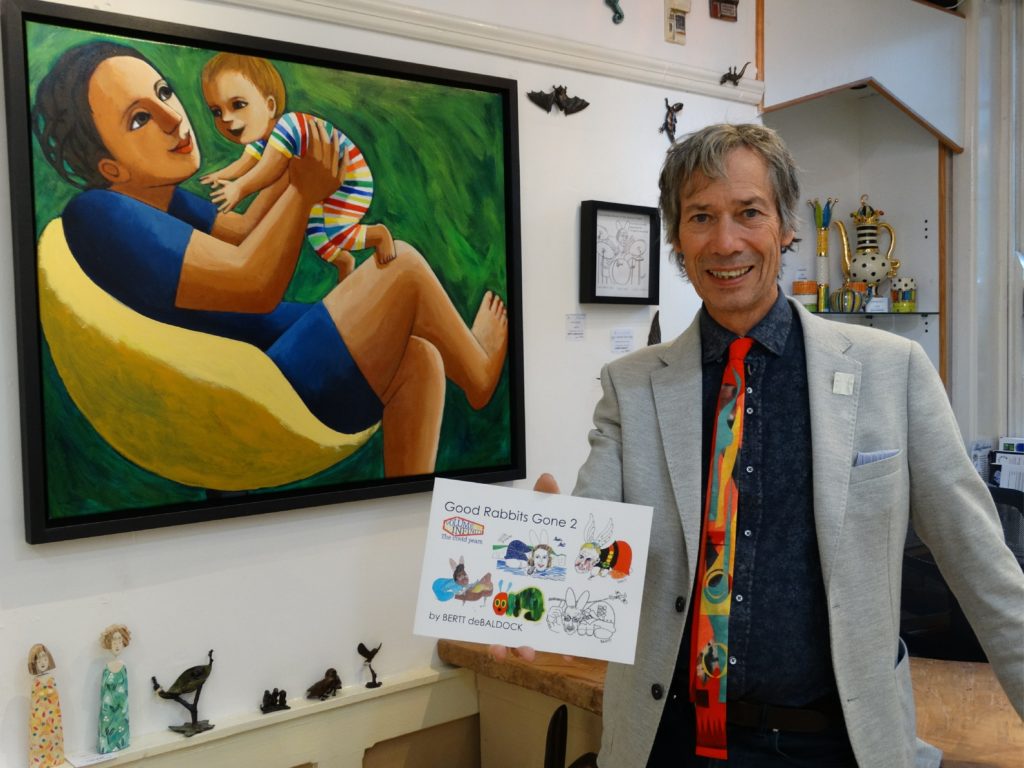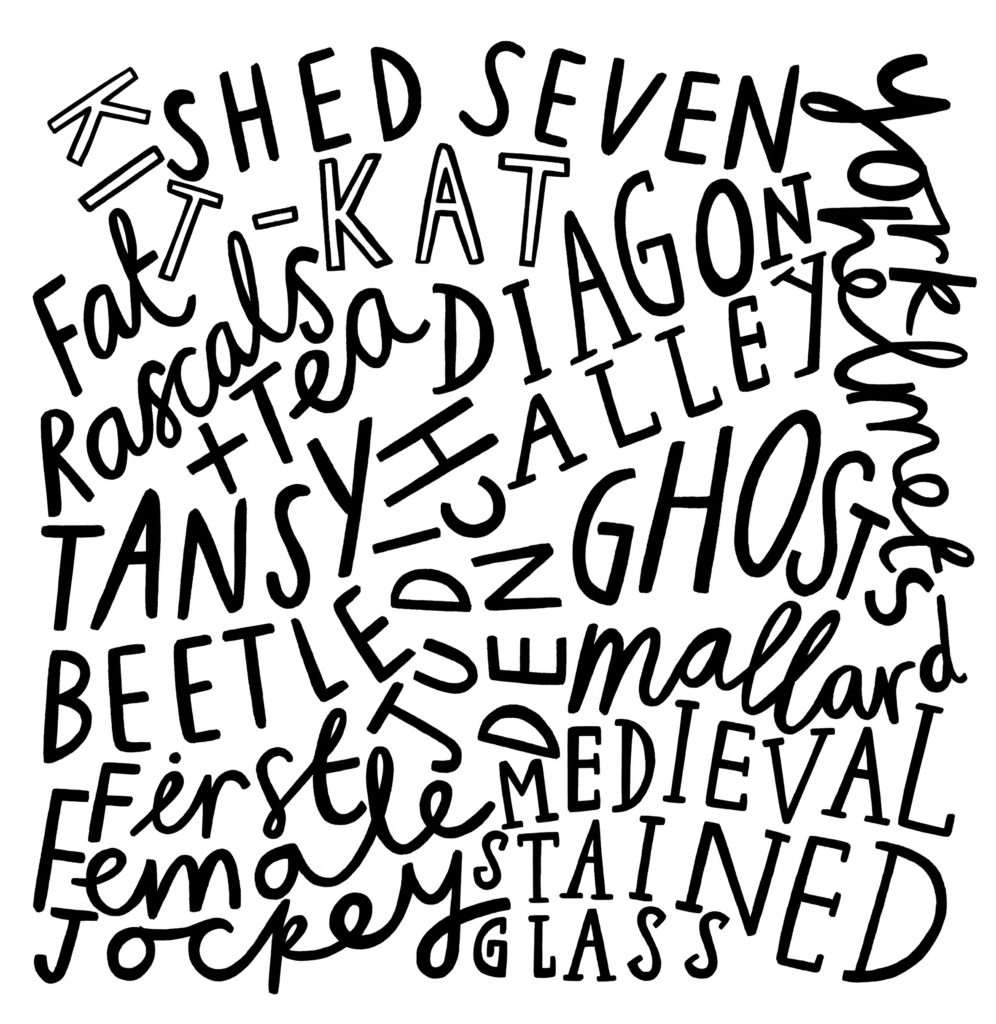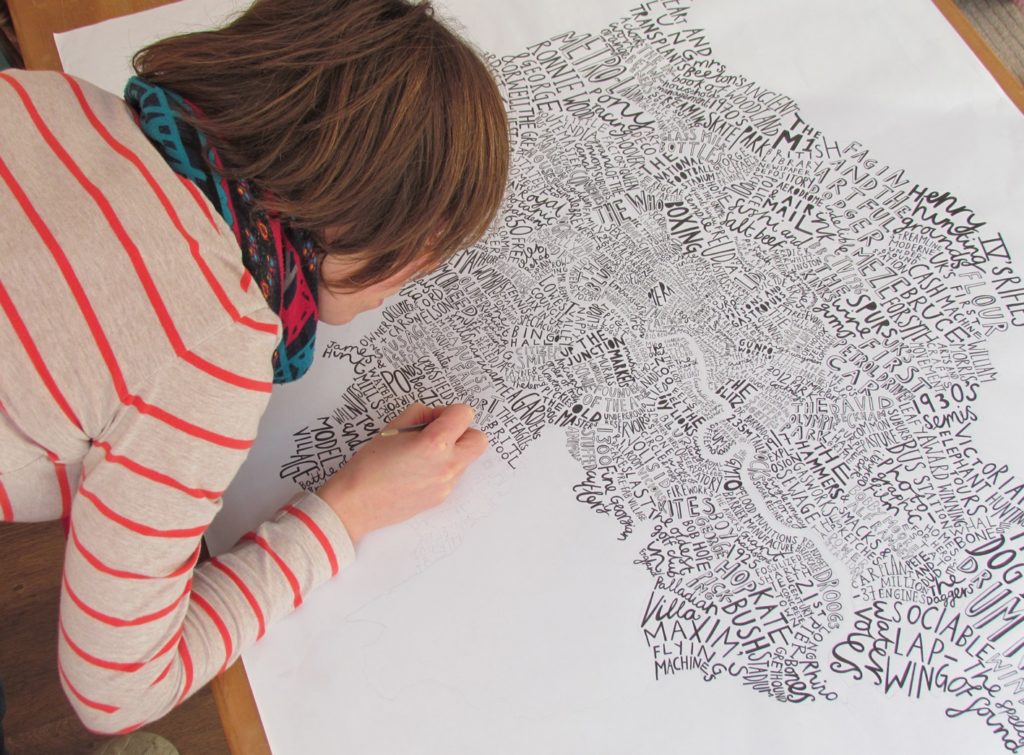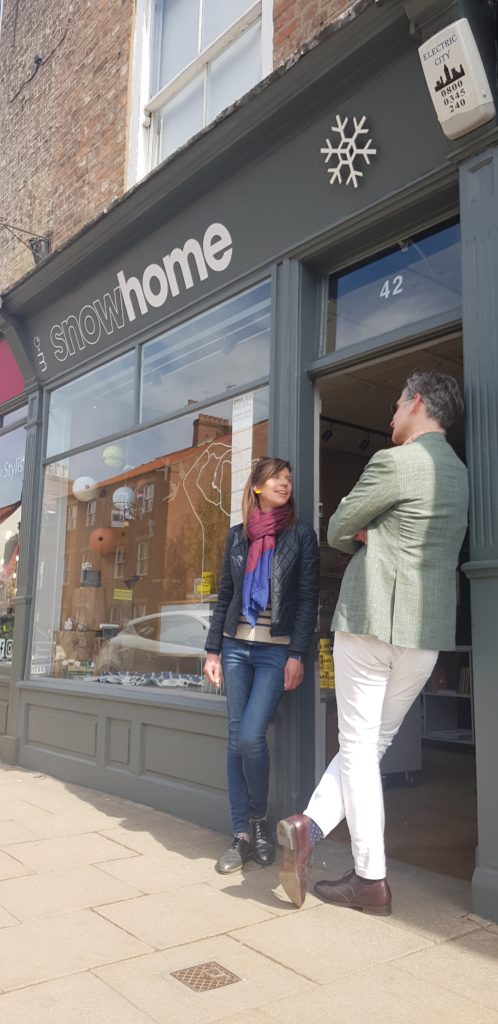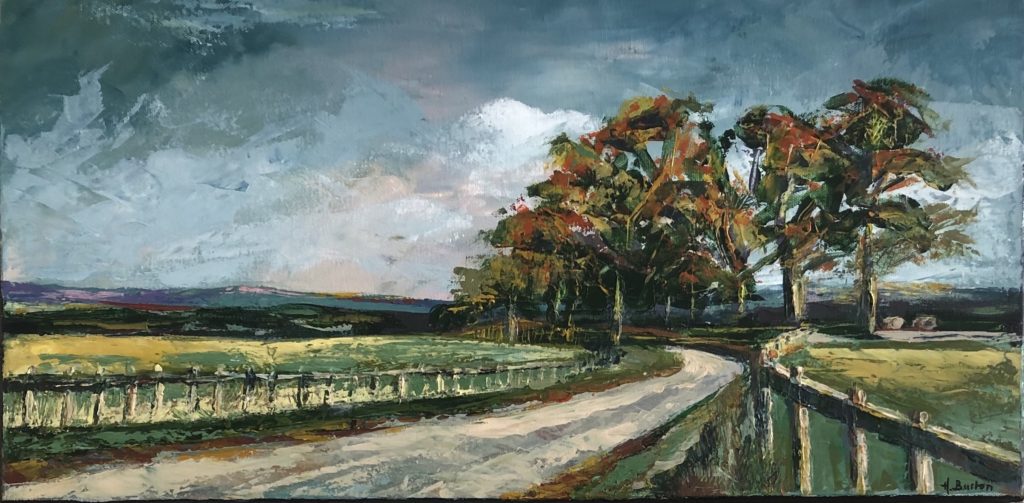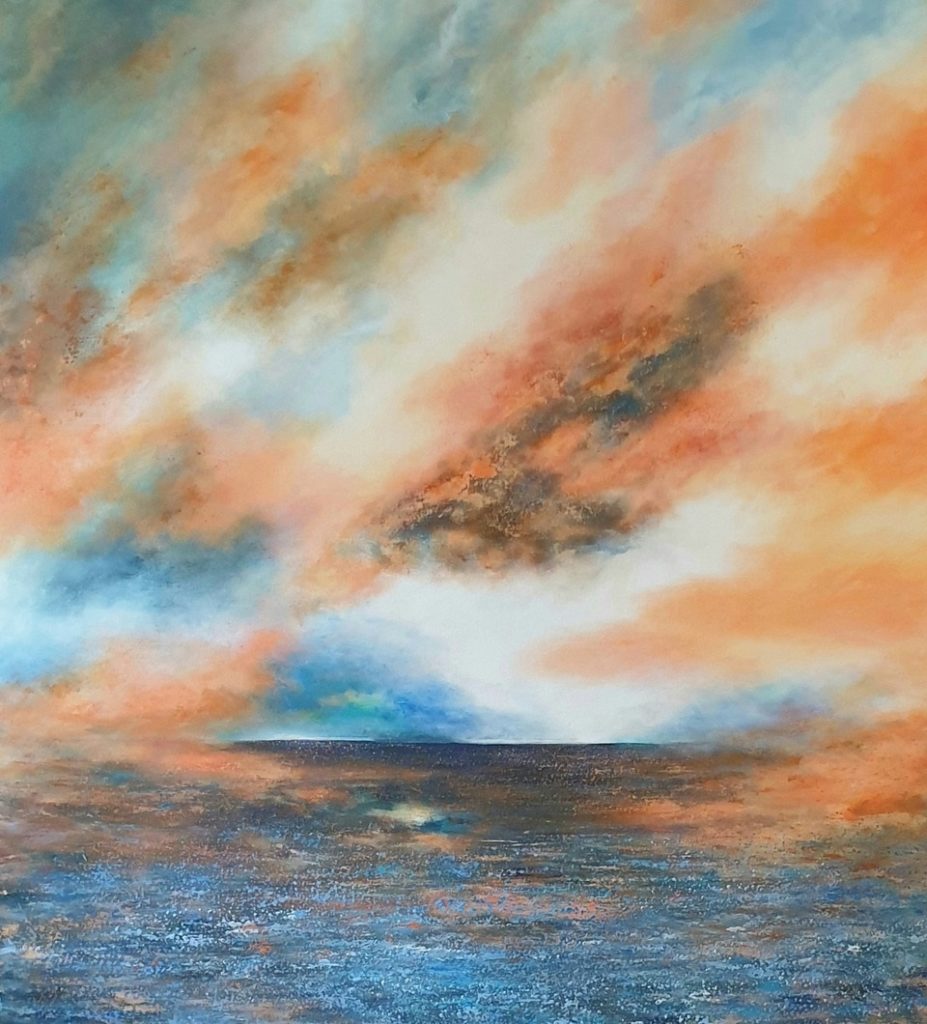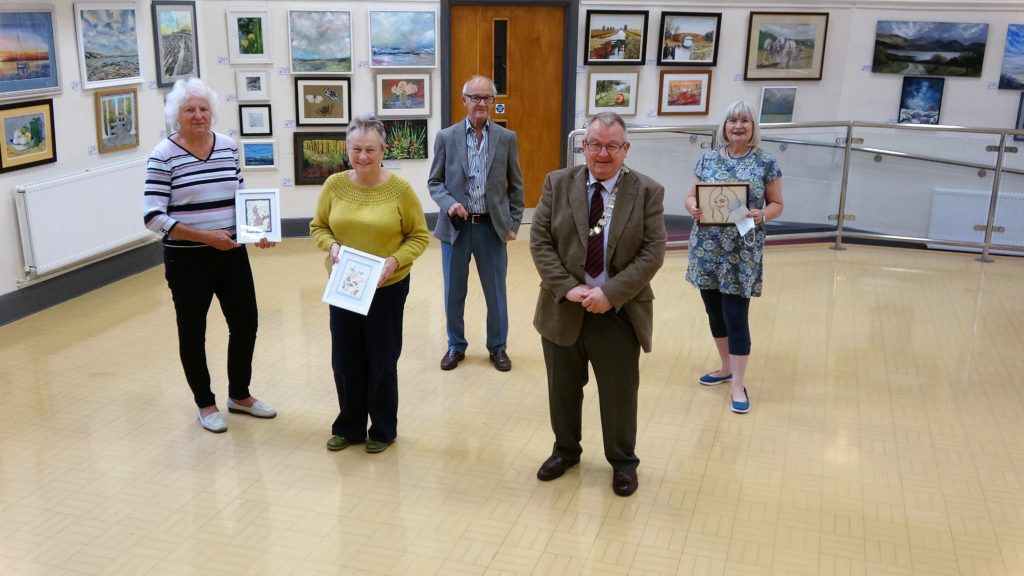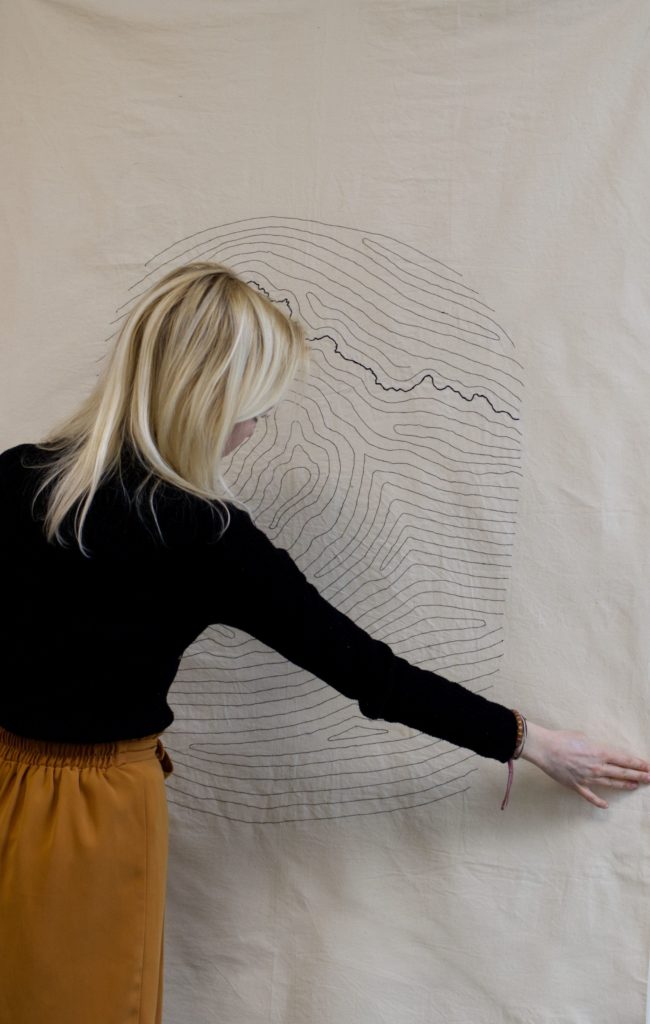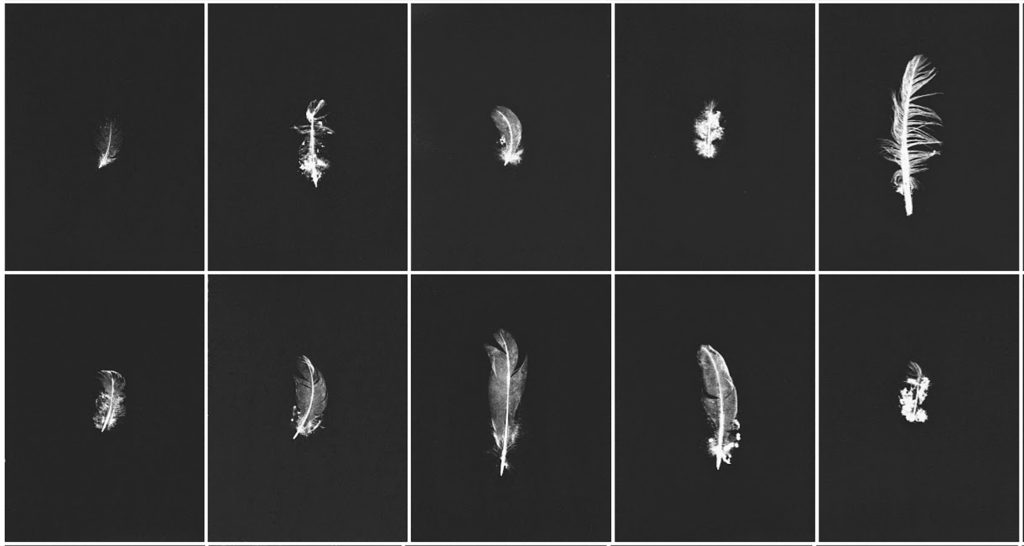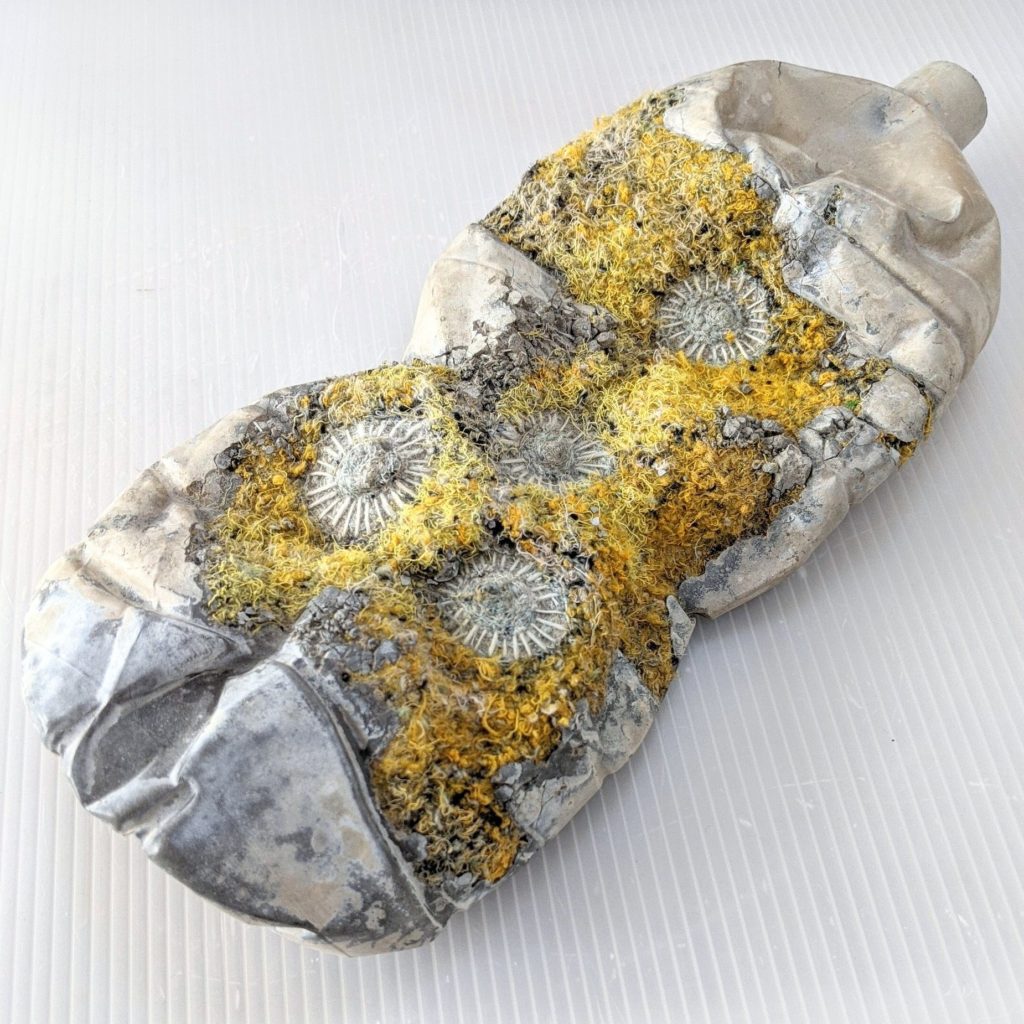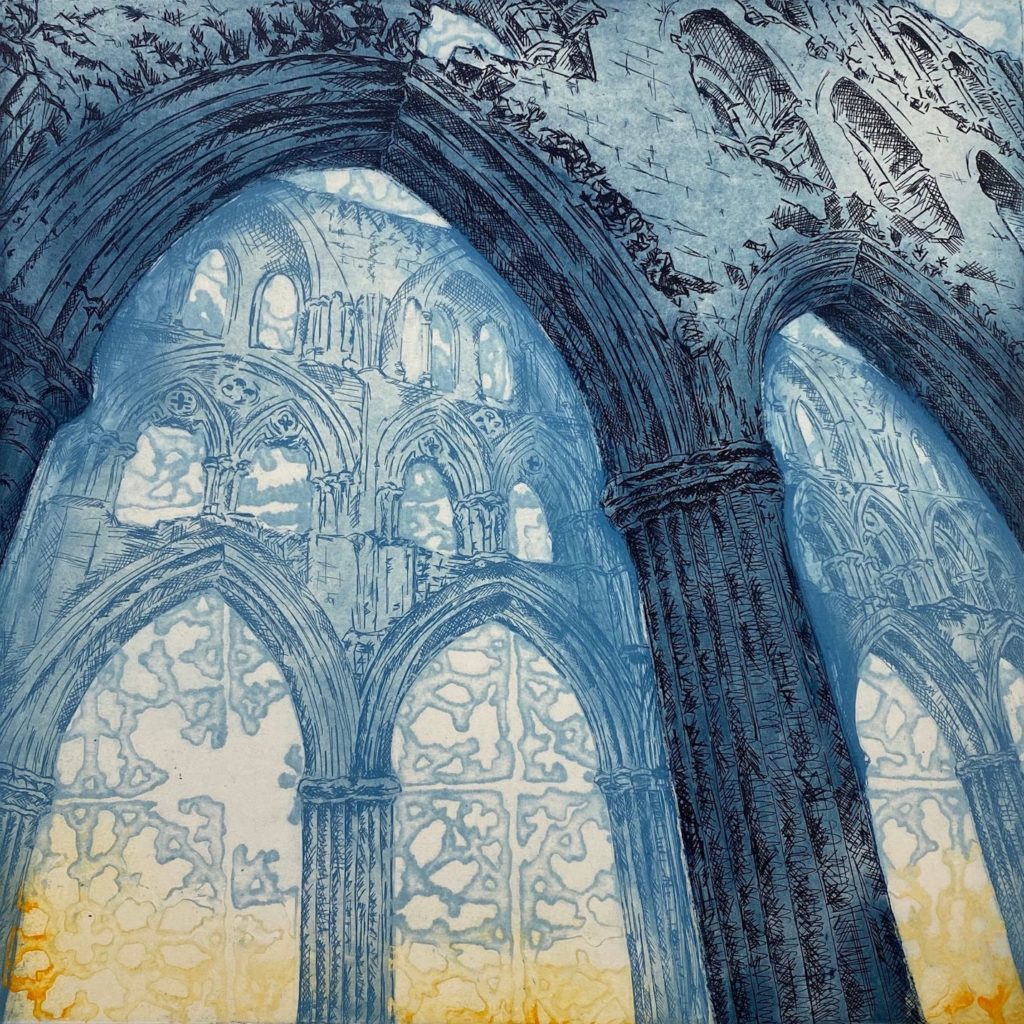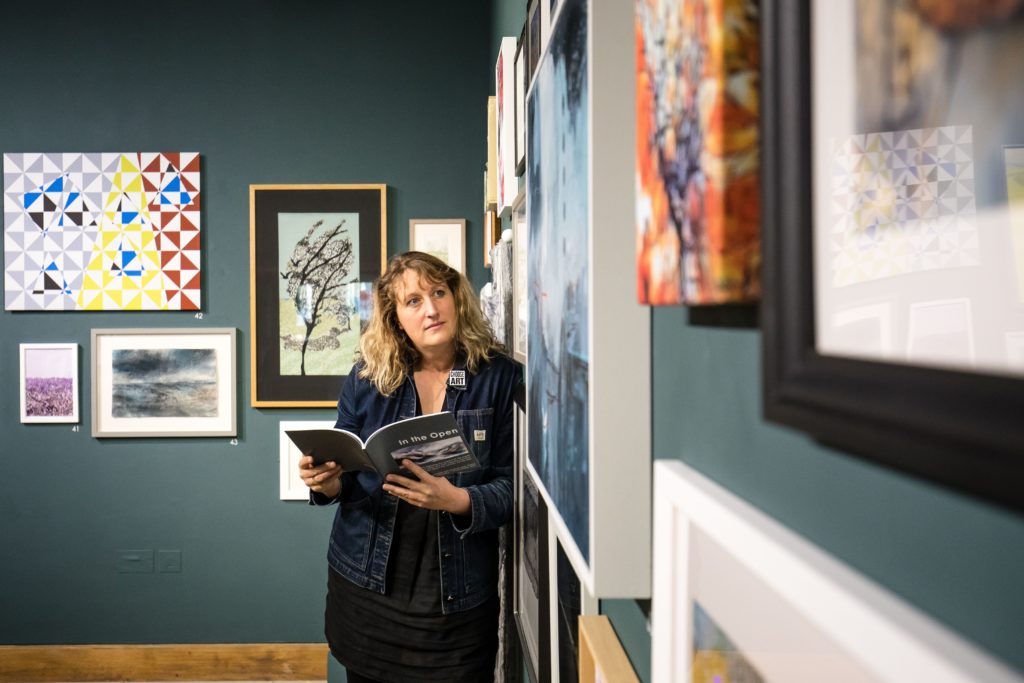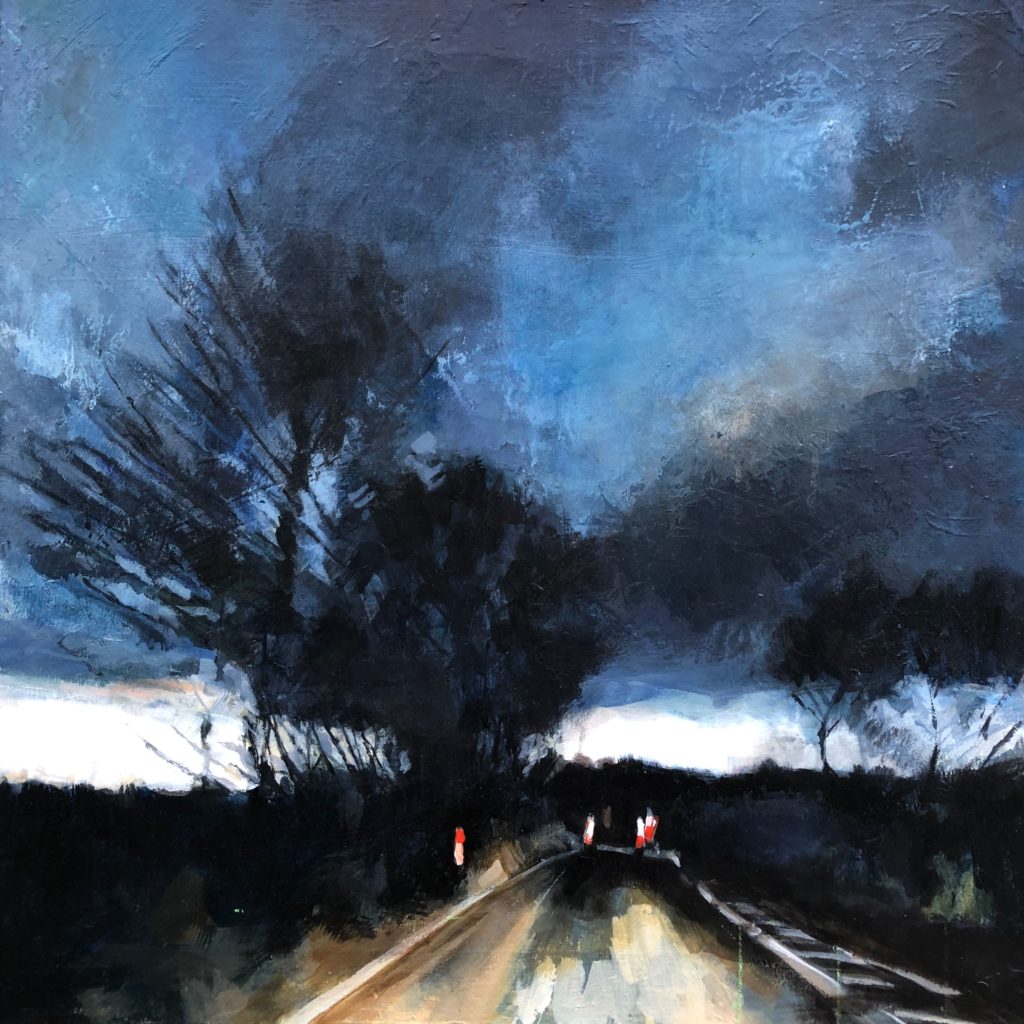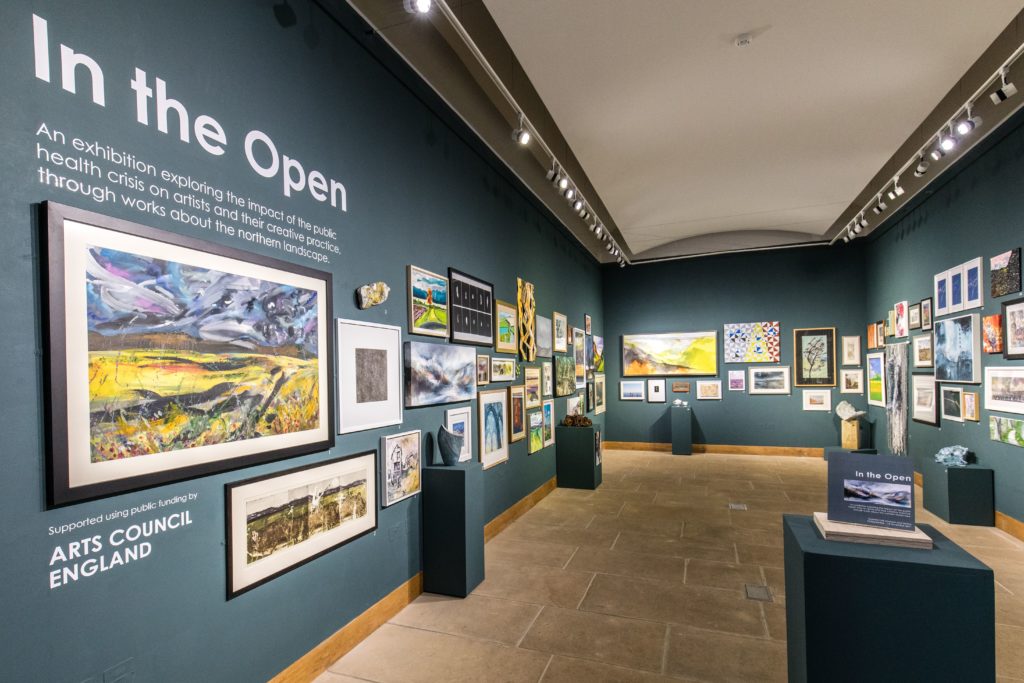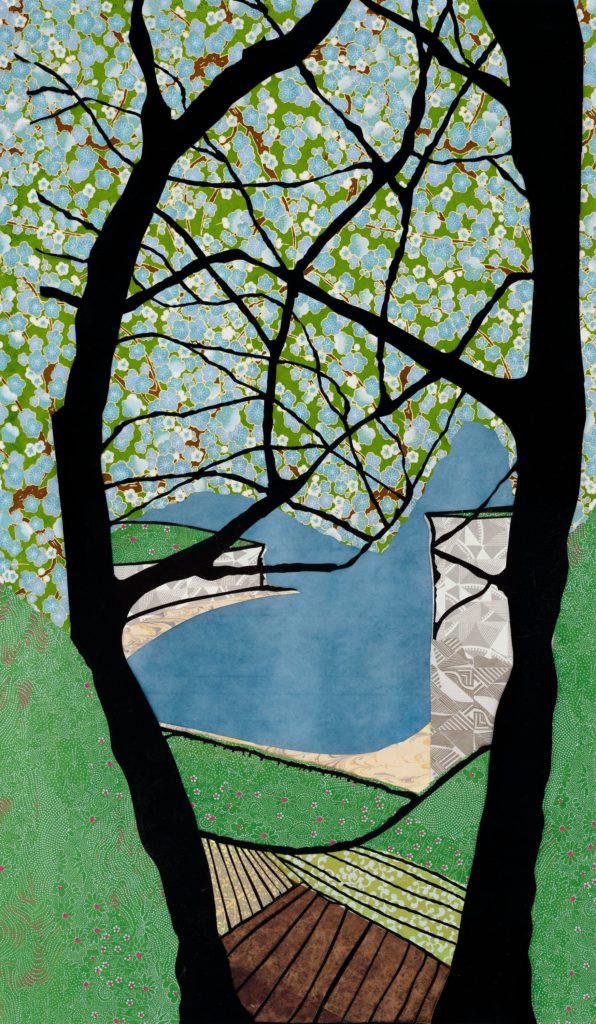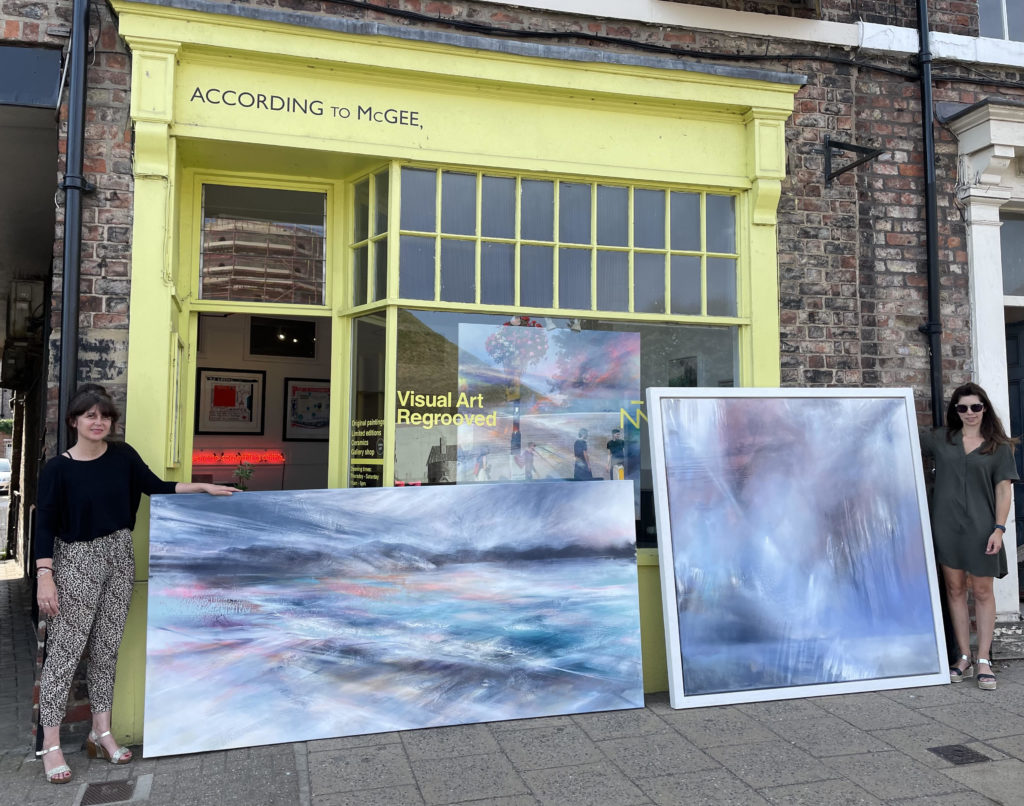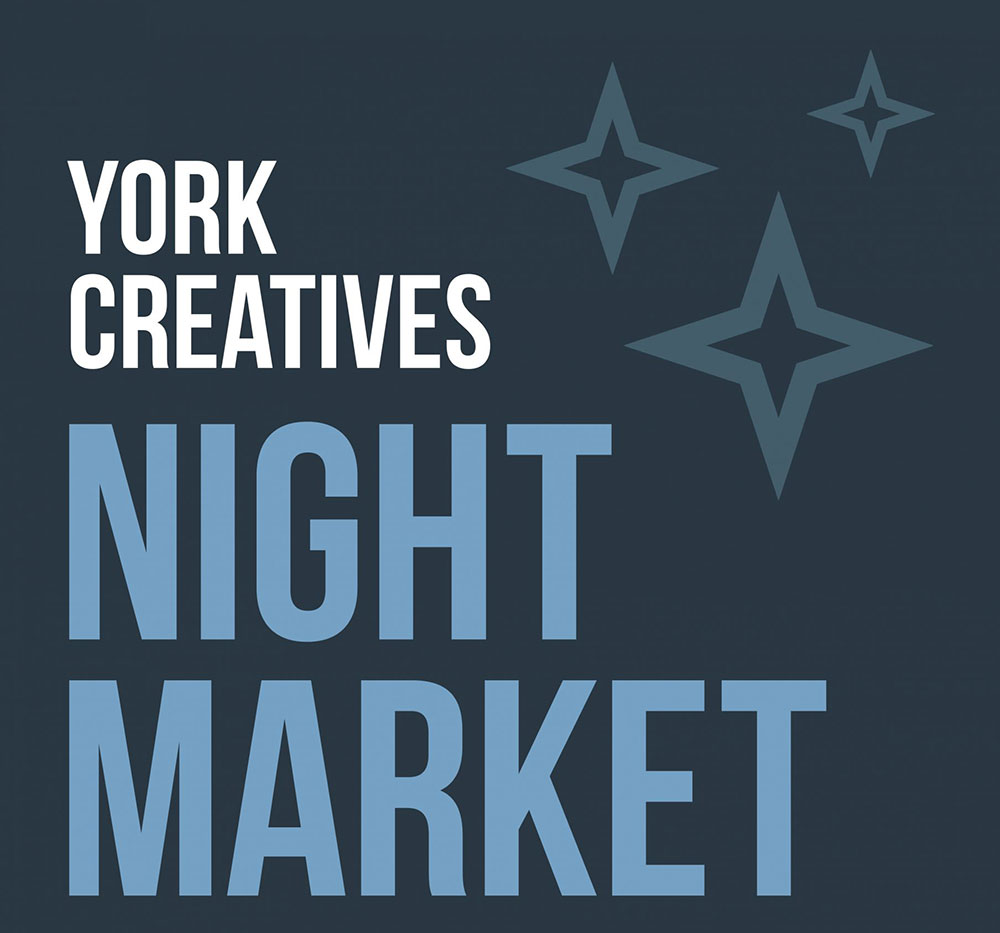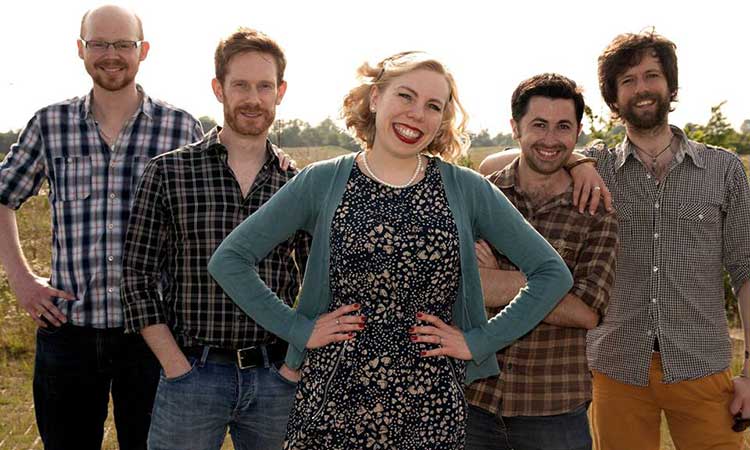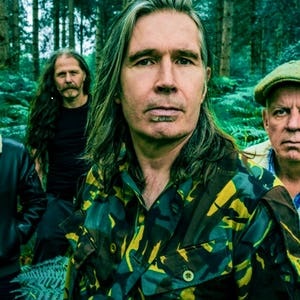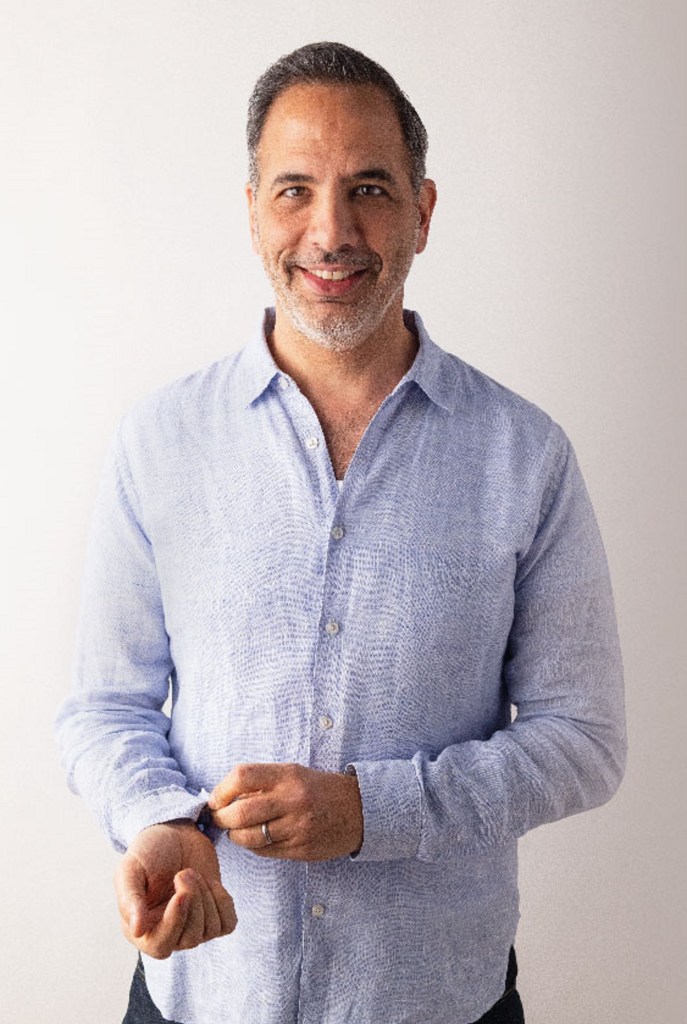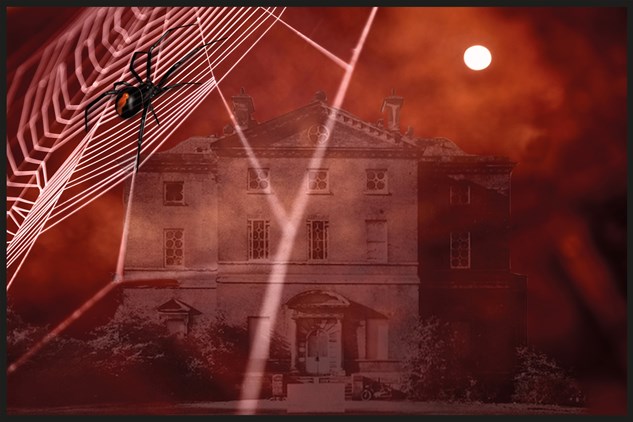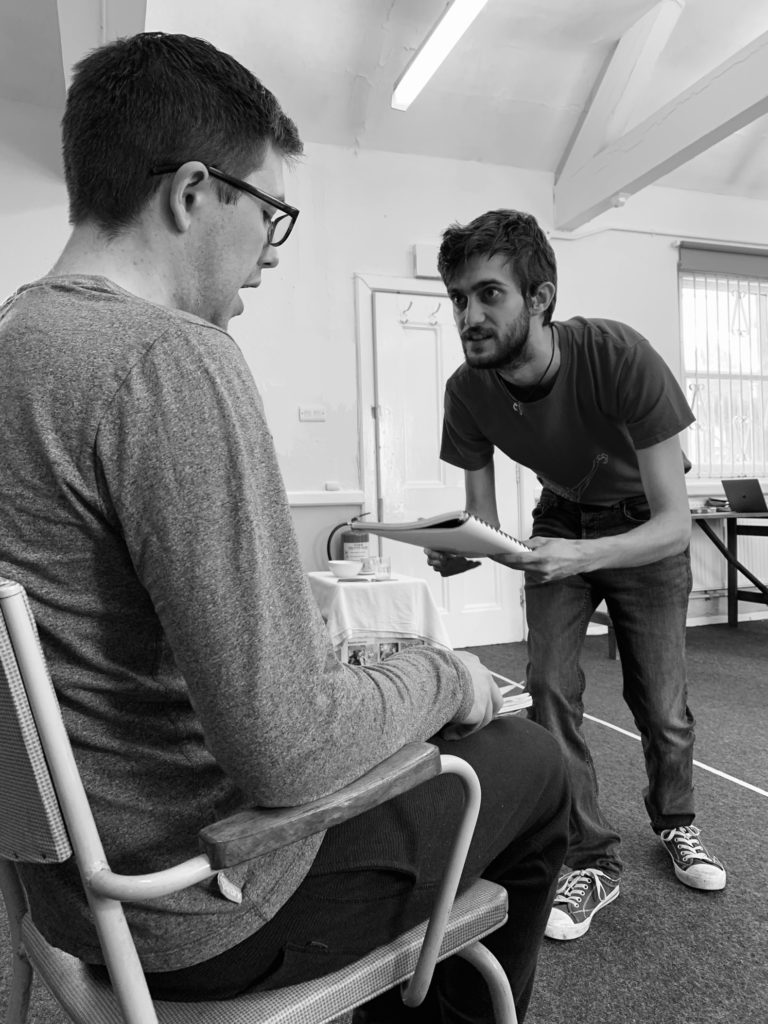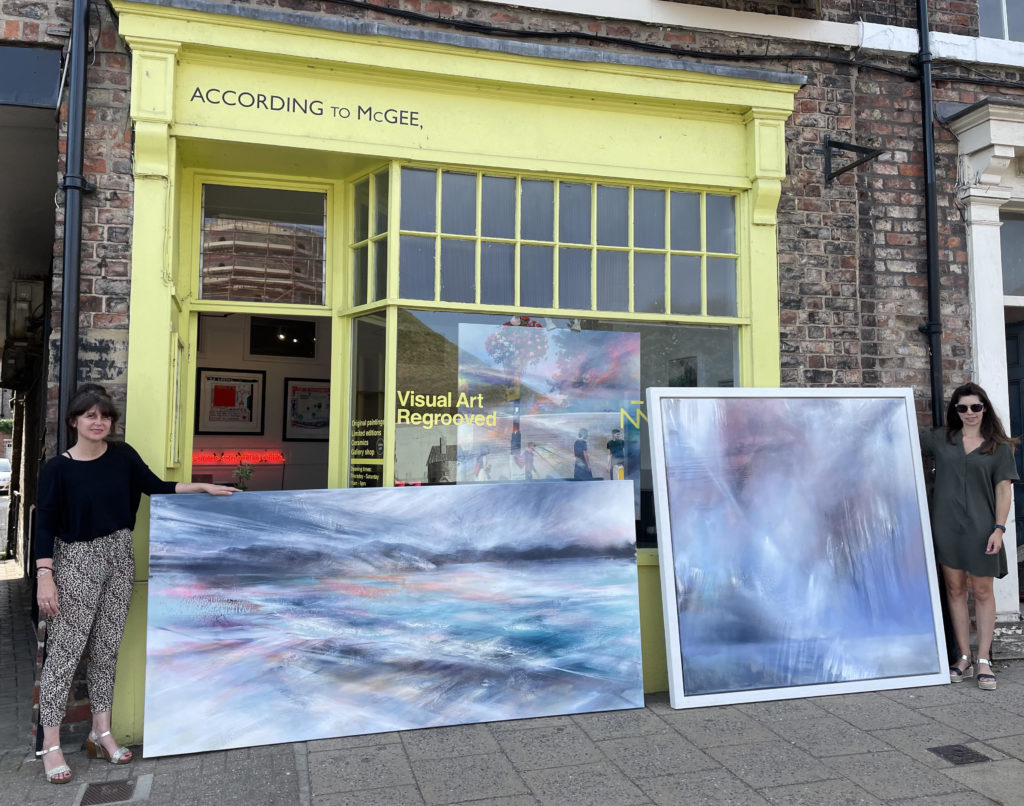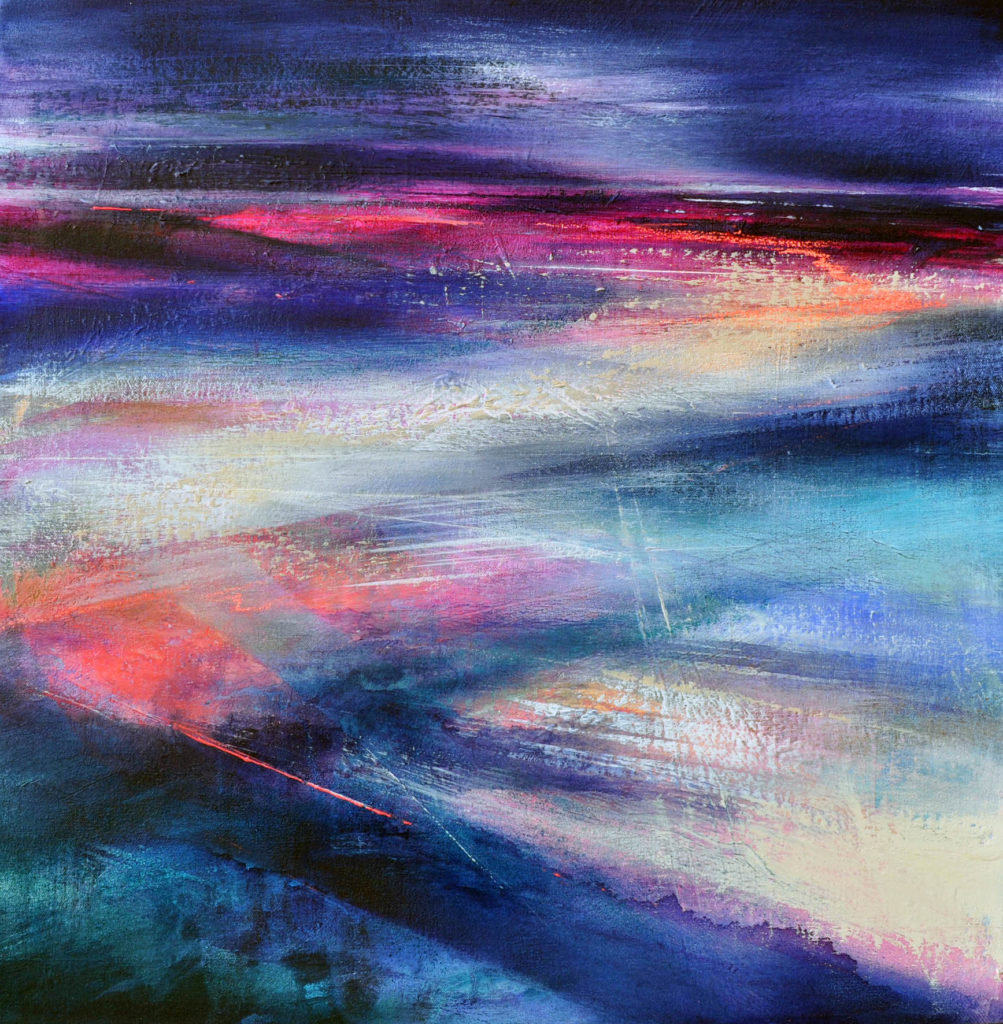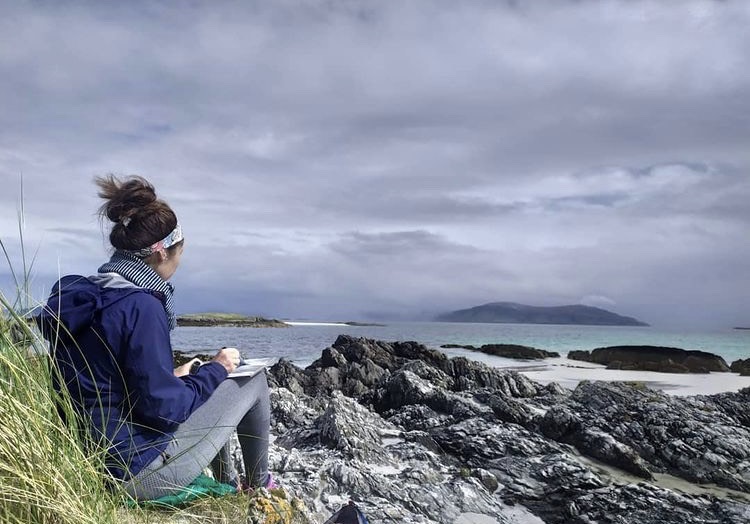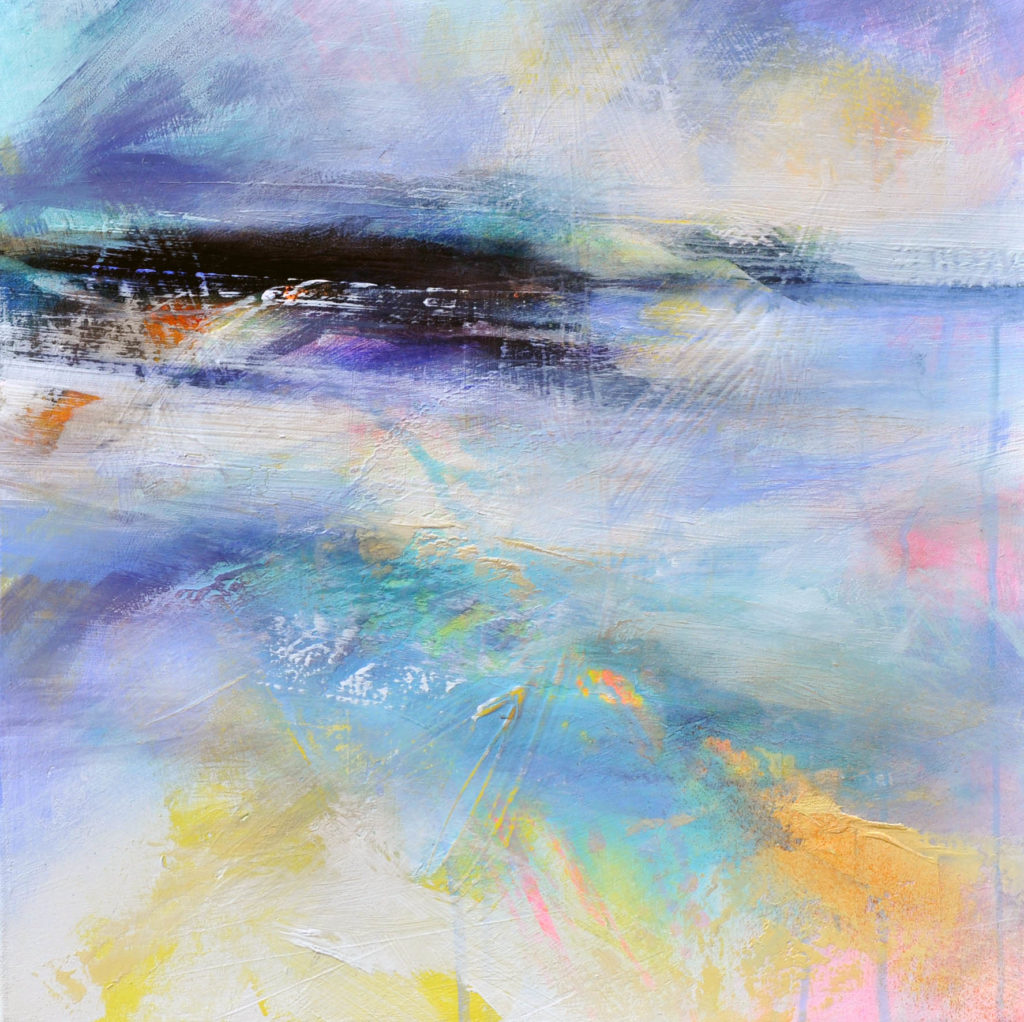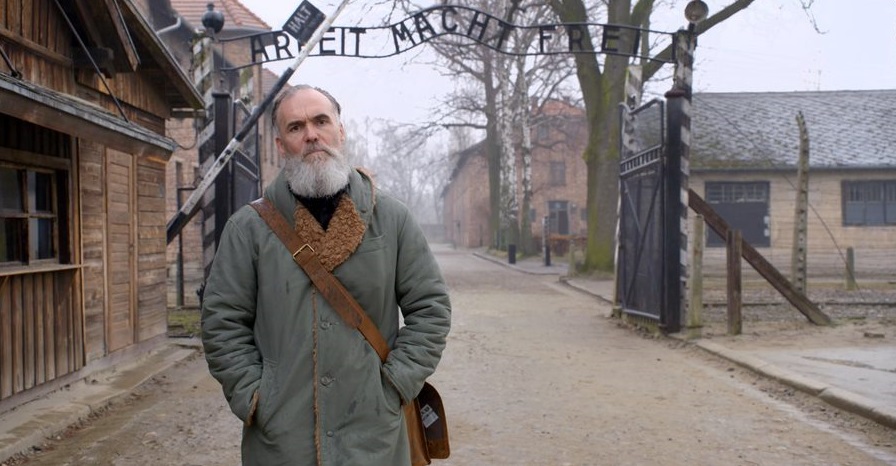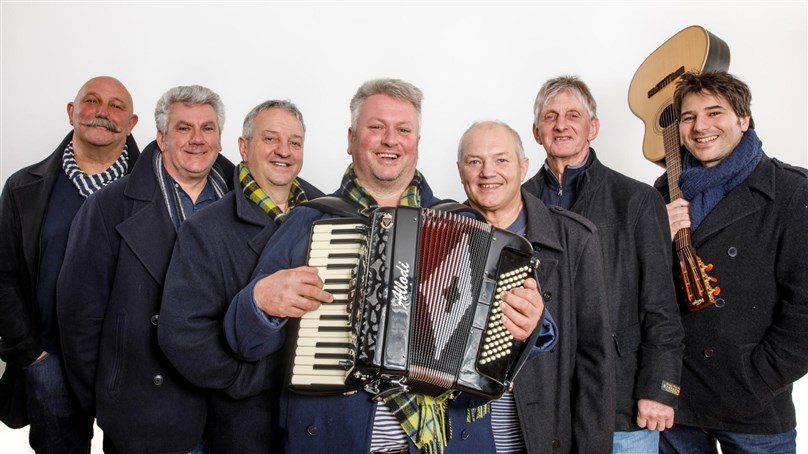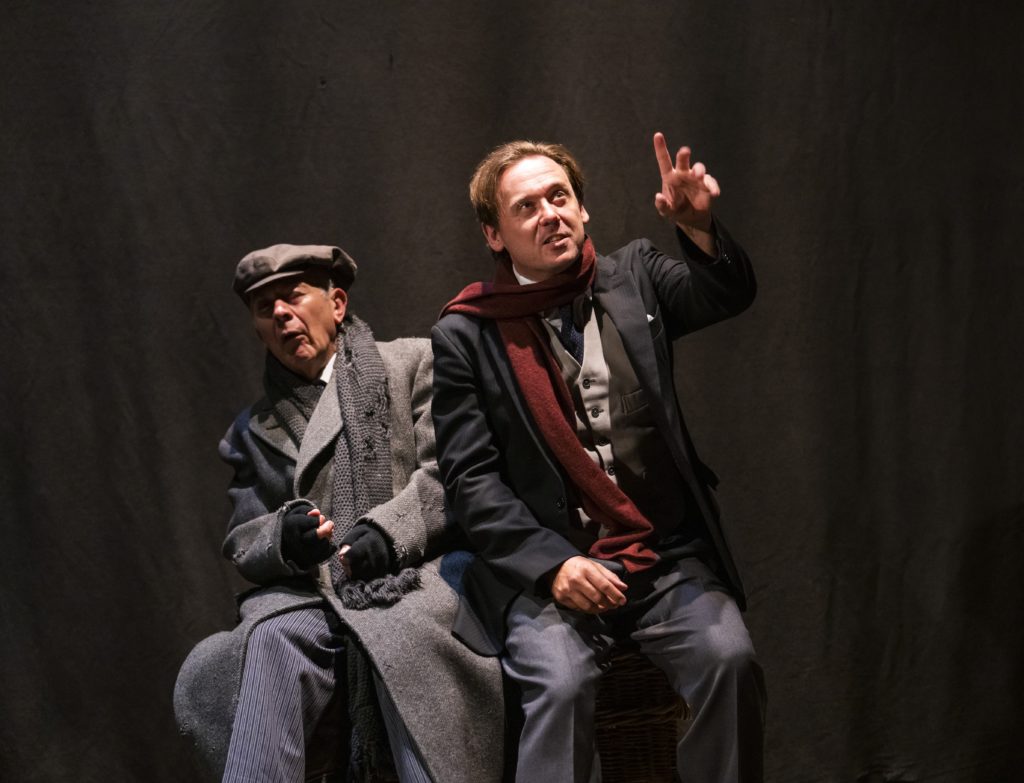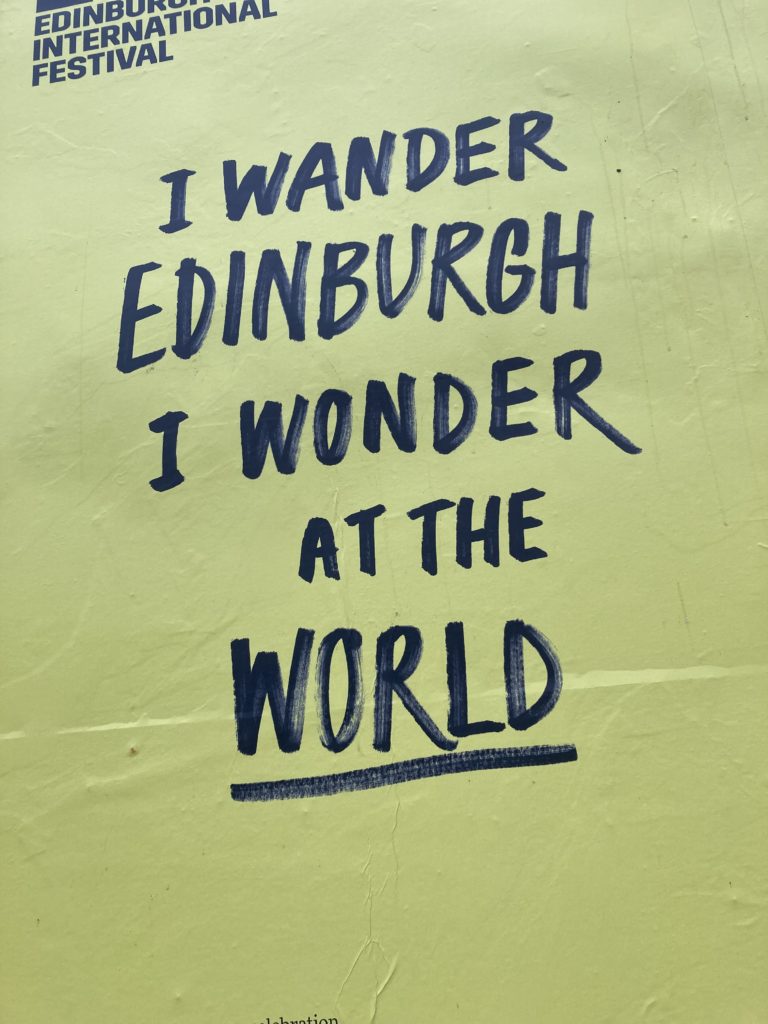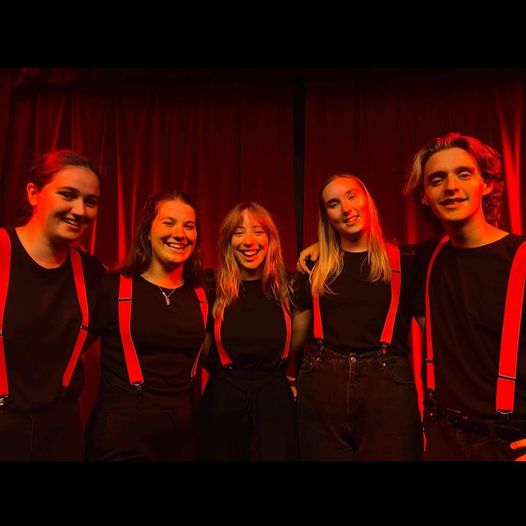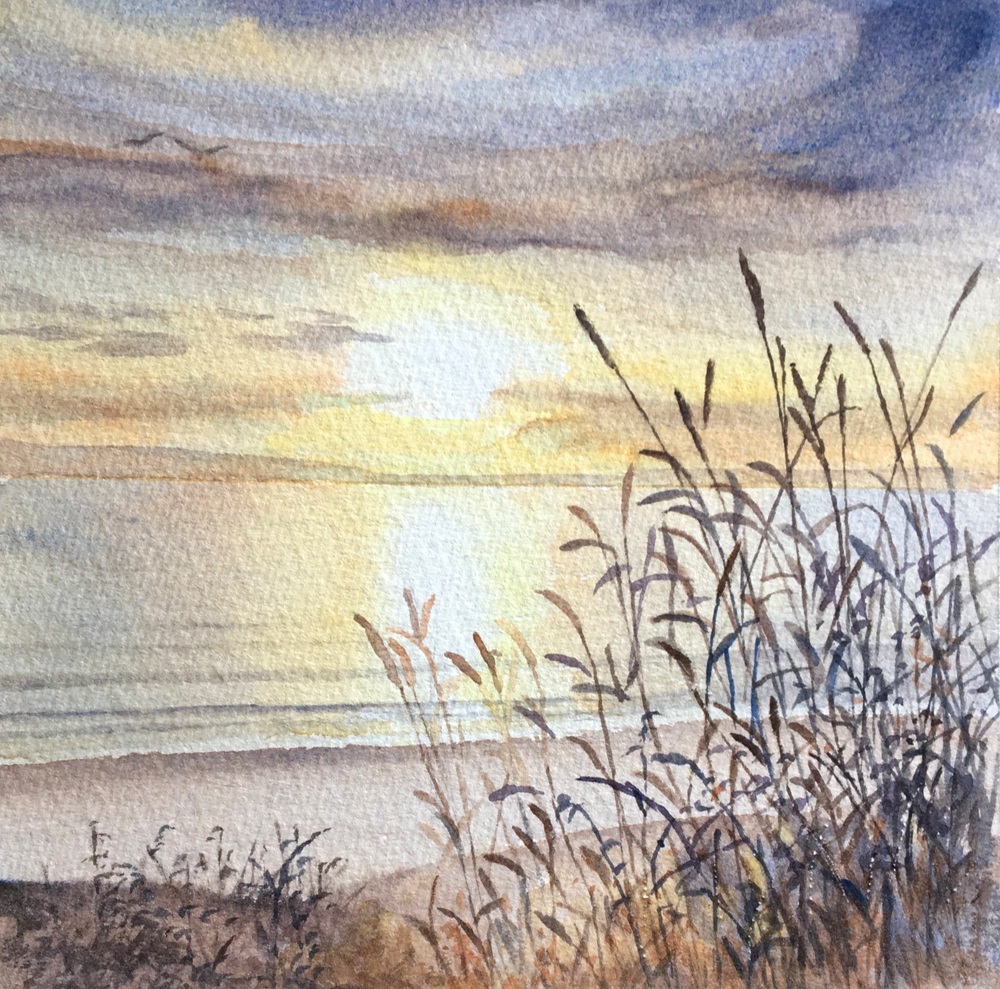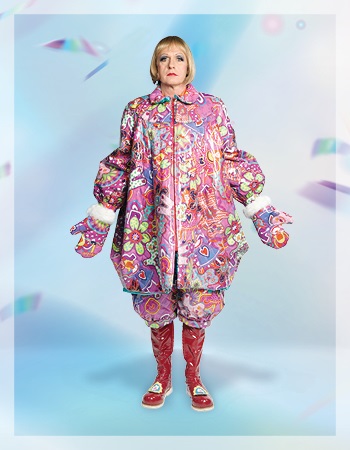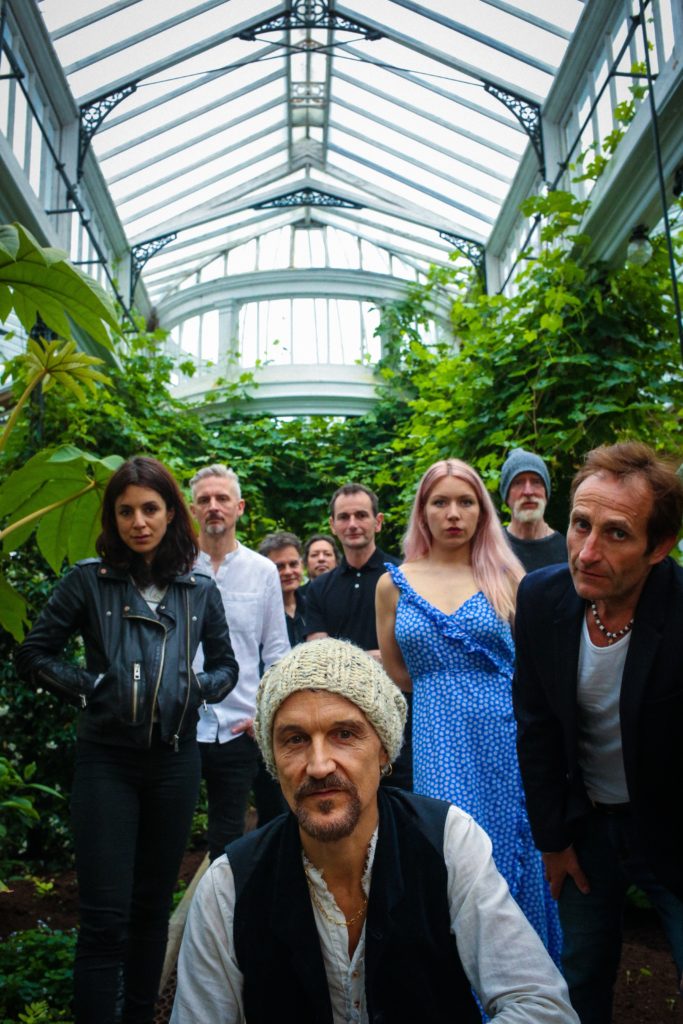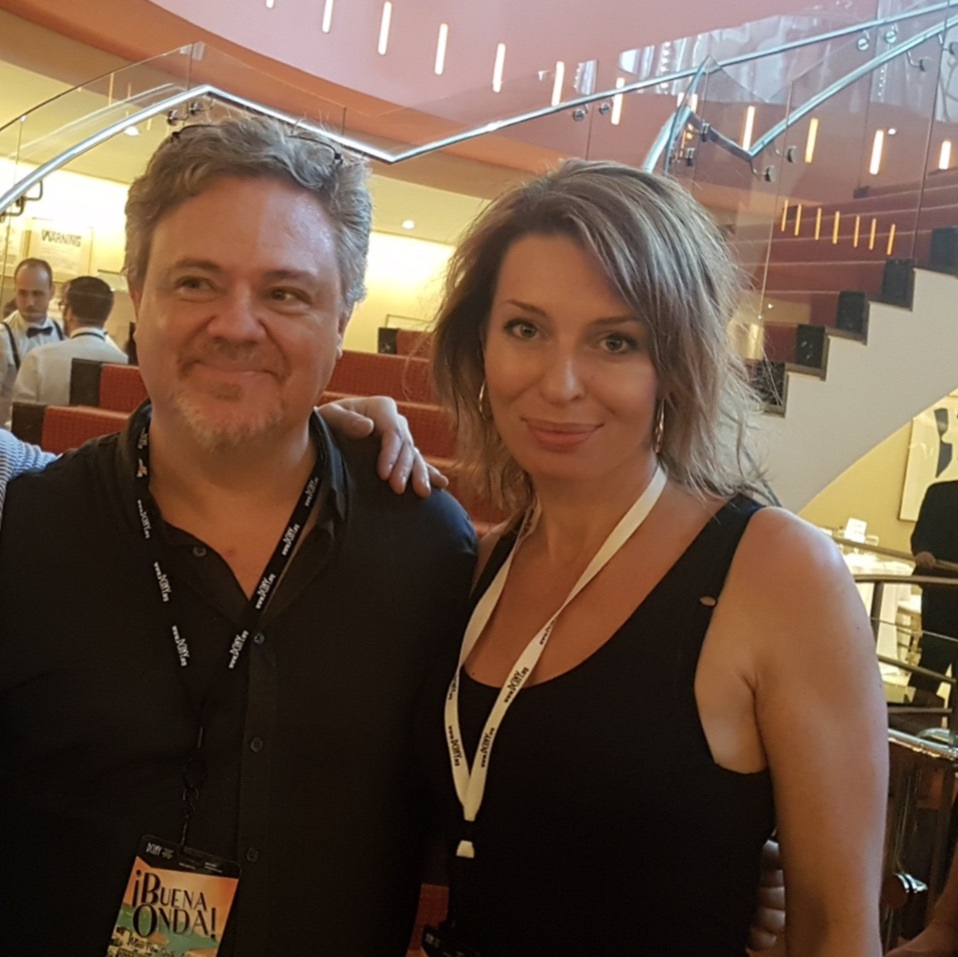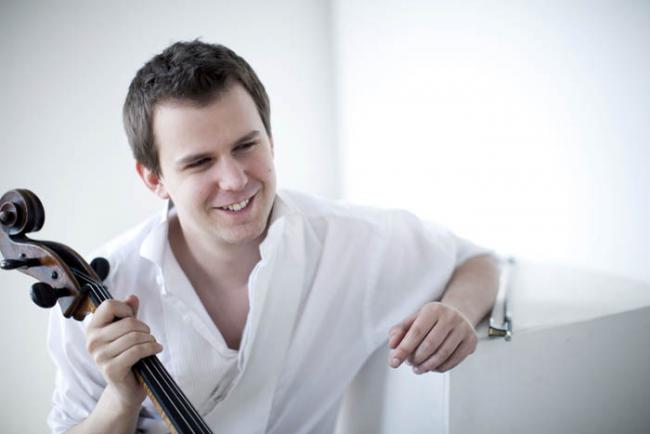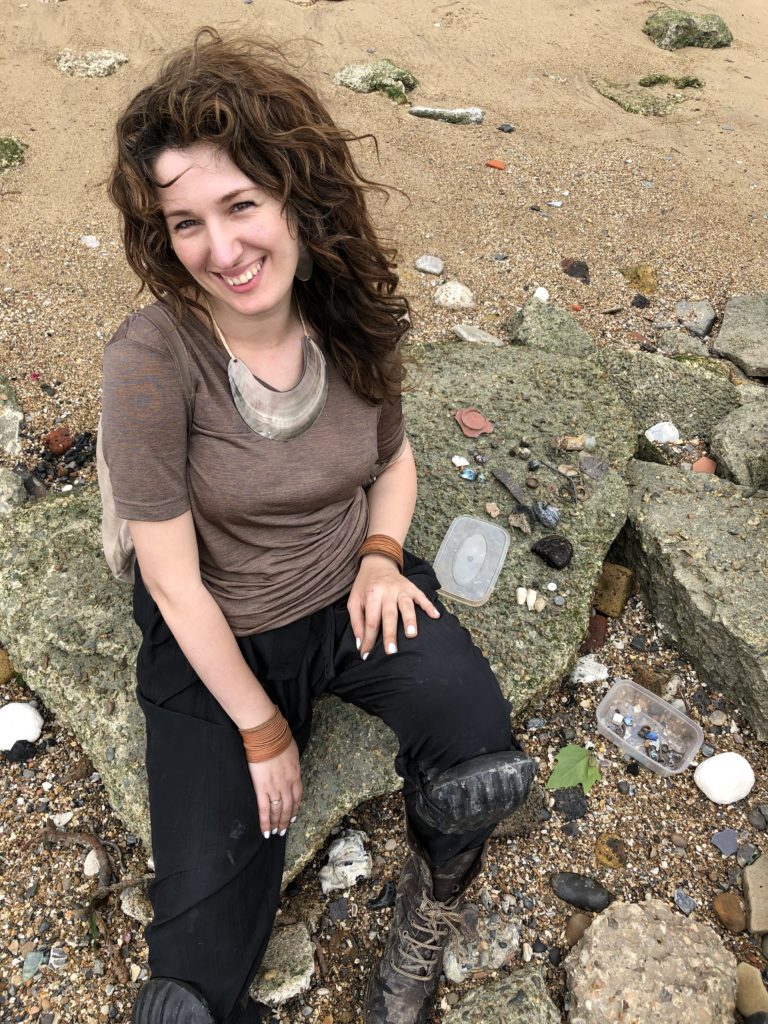
MUDLARK Ruth Claydon’s Time and Tide collection of upcycled jewellery from treasure-seeking trips to London are on show at Pyramid Gallery, Stonegate, York.
A mudlark is defined as “someone who fearlessly embraces the hunt for treasure on the banks of the river Thames. Come low tide, you might spot a solitary figure armed with nothing but a pair of tweezers and a small pot, kneeling by the water’s edge as the tide ebbs out”.
York jewellery designer Ruth first chanced on this pastime a few years ago when crossing Waterloo Bridge, from where she espied people milling about on the riverbanks. “As soon as I saw them, I had to check it out, dragging my poor patient friends with me down to a strangely sandy spot,” she recalls.
On discovering that the Thames is Britain’s largest archaeological site, and that all that was needed was a permit, combined with patience and tenacity, Ruth wholeheartedly embraced her desire to trawl for trash turned treasure by time.
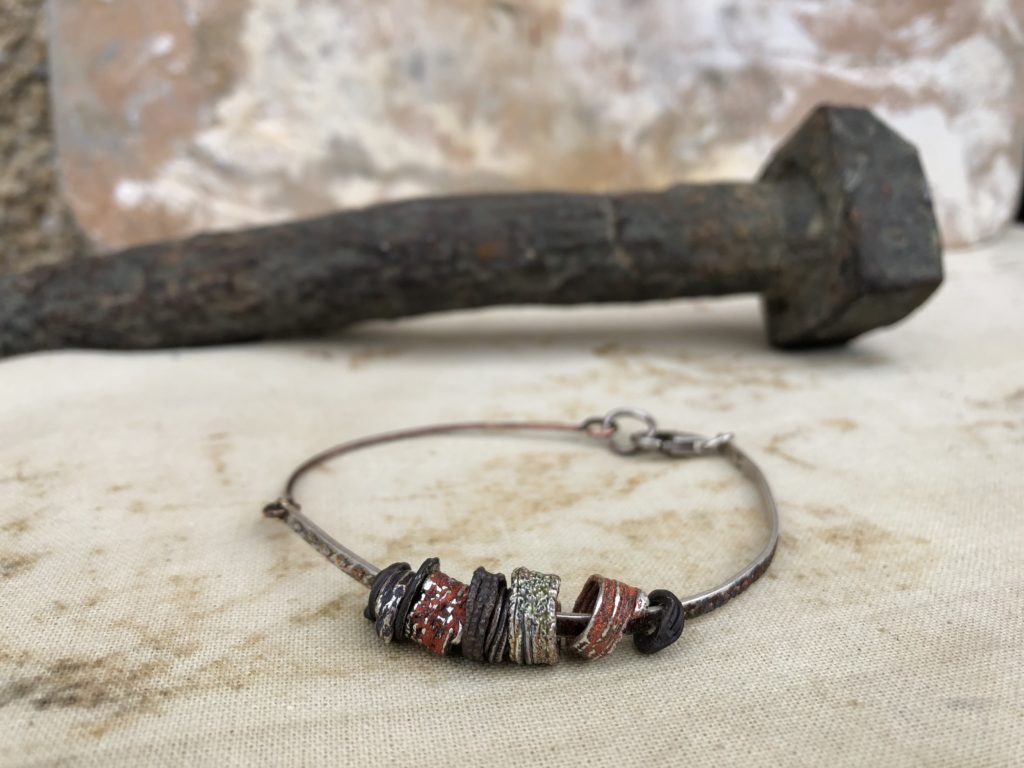
“It’s hard to exactly explain the strange lure of the river, but it’s something about the tranquillity I find there,” she says.
“The new layer of history being uncovered by each tide; the joy of holding something lost for 500 years; the unexpected thrill of a rough garnet beneath the rubble; the inevitable poignancy of all that goodness being quickly submerged once again by the incoming tide; the slight sense of danger; the closeness to nature; seeing London from a unique angle, and not least the fascinating characters I encounter down on the foreshore.”
Ruth designs jewellery under the label of Moth and Magpie, the magpie being known for its habit of bringing shiny bits and bobs back to its nest. “She loves incorporating her mudlarking finds into her designs, which she has been doing gradually, but this is the first exhibition where she’s devoted the entire collection to her obsession,” says Pyramid Gallery owner and curator Terry Brett.
“It’s an obvious progression from her signature use of salvaged and ancient materials used in her previous work, where each piece is made from preloved jewellery merged with ancient treasures and heirloom finds.”
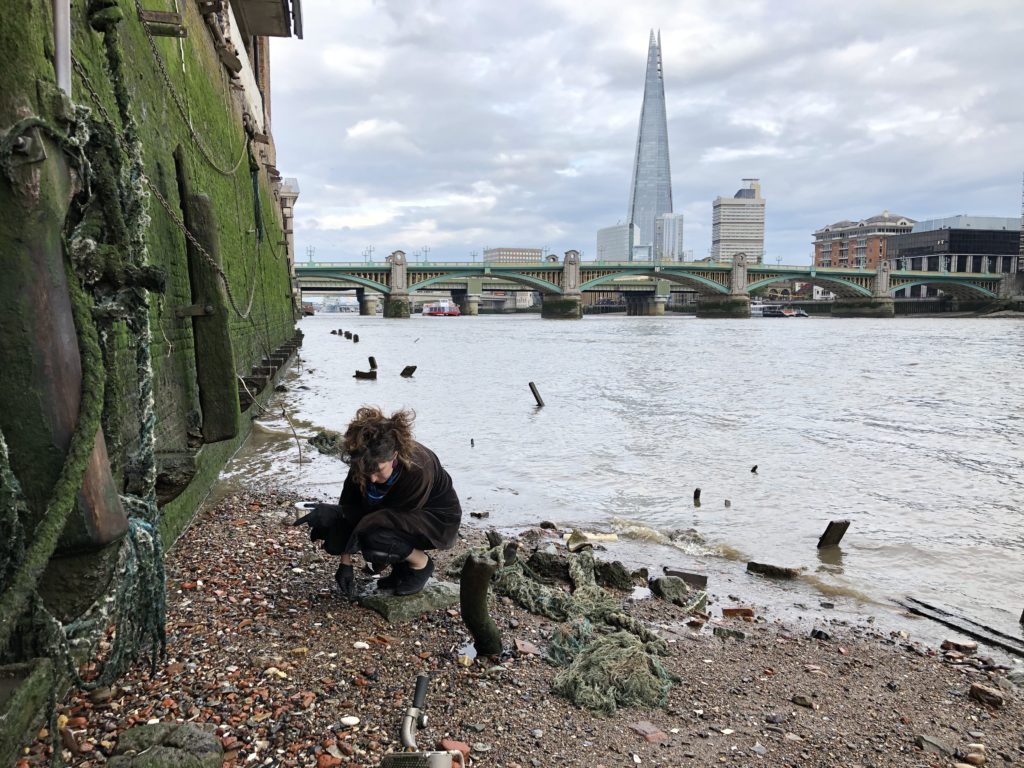
Ruth says: “Planning a special exhibition incorporating mudlarked treasures for Pyramid Gallery is pretty much a dream come true. There are few established galleries that would take a risk with such niche designs, but then Pyramid does enjoy delighting customers with the unexpected.”
Terry Brett, a visionary gallerist who is unafraid to take risks, has embraced Ruth’s quirky work, championing her by not only giving her this first show and launching her career with a special exhibition, but also by being a mentor.
“I’d never have thought of tea staining my labels to match my jewellery. That was a brainwave of Terry’s,” she says. “It’s that level of attention to detail that makes all the difference.”
Fiona MacFarlane, who manages Pyramid Gallery, equally has played a huge part in nurturing Ruth’s practice. “Not only did I have the privilege of working alongside her for many years, but Fiona’s input has been invaluable,” says Ruth. “She’s always giving me ideas about what to make next and displaying my pieces in the most artful ways.
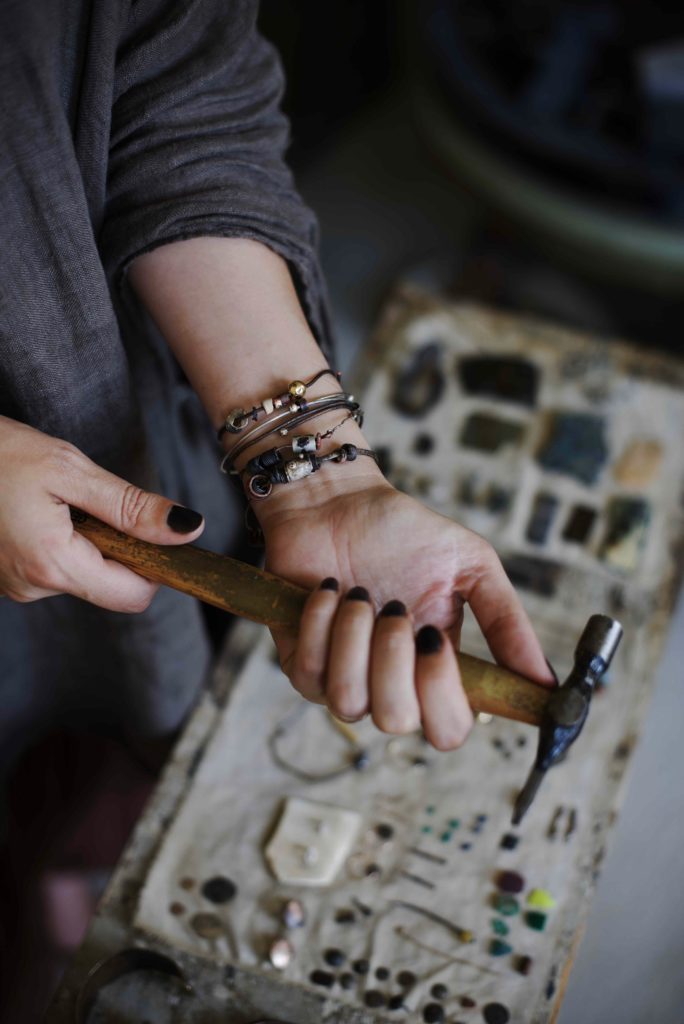
“I’ve called this show Time and Tide, after the two original craftsmen for this body of work, using pieces that in themselves are worth nothing, like fragments of copper, which I’ve formed into beads and soldered with real gold solder. I love the high-low contrast and the patina that the river has created on the ancient metal.”
Expect the unexpected, she advises. Such as? Rough garnets from the Thames set amid 100 per cent recycled sterling silver; distressed metal patinated to perfection by time and tide, then shaped into unique beads; salvaged copper wire crafted into rustic bangles.
“I’ve been making under the name Moth and Magpie for years. The name is descriptive of the style of jewellery I love to craft, all bohemian and intricate, but this new collection is something differently. A coming of age, if you will,” says Ruth.
“Melted and mended metal, fire and gold and silver, a rustic, simple and edgy aesthetic. It’s newer ground for me that makes my heart beat faster, pieces I’m loathe to part with because I want them for myself. It’s my hope that authenticity and excitement shines through in every piece.”
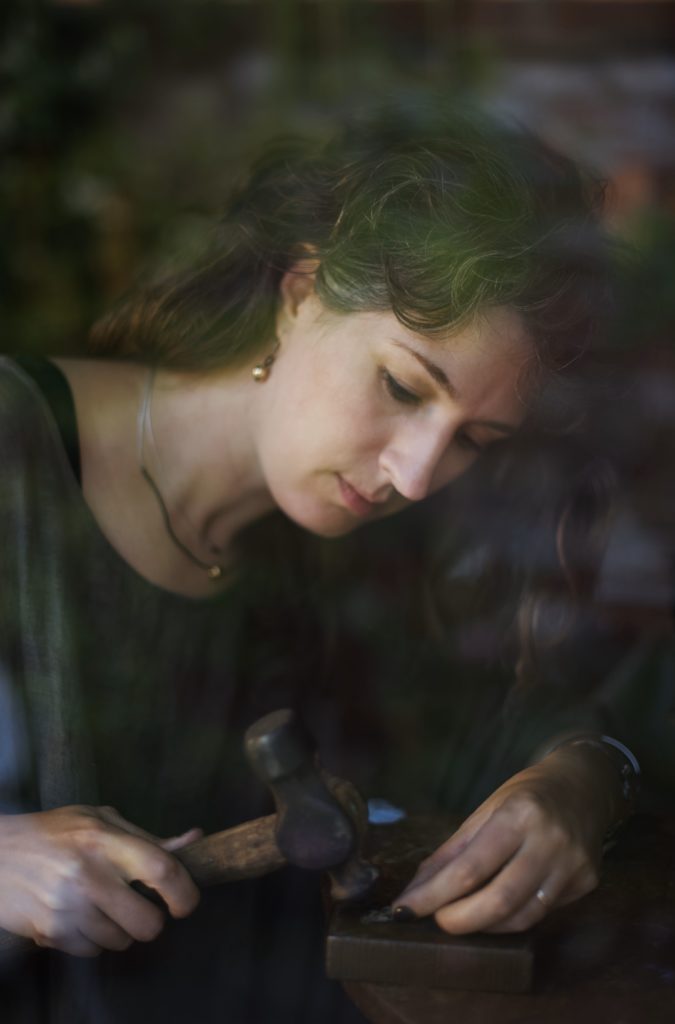
Summing up Ruth’s work and artistic progression, Terry says: “I’ve known Ruth since 2008, at which point she was an artist making handmade cards, small pictures, and was experimenting with turning found objects into art and jewellery.
“To me, she was a natural artist with a great sense of humour and style that was a mix of pre-Raphaelite and slightly gothic. All she needed at that time was an outlet and some encouragement. So, she came to work in the gallery and got involved with displaying and selling. I knew that the gallery would gain much if we could harness her natural talent and her quirky and flamboyant style.”
Terry continues: “Every piece of jewellery she makes has a name that reflects the origins of the ‘found’ elements or just her own imagination that is informed by something historical or exotic. The words that she types out onto information cards, using an old typewriter, are almost as important to the customer as the item of jewellery that she is describing.
“The ‘mudlarking’ was a natural progression for Ruth. She is now incorporating artefacts that you simply wouldn’t find at a car-boot sale. Somehow, she makes old corroded bits of metal into precious artefacts and tells or gives them a story.”
Ruth Claydon’s Time and Tide exhibition will run until “at least the end of October”.
